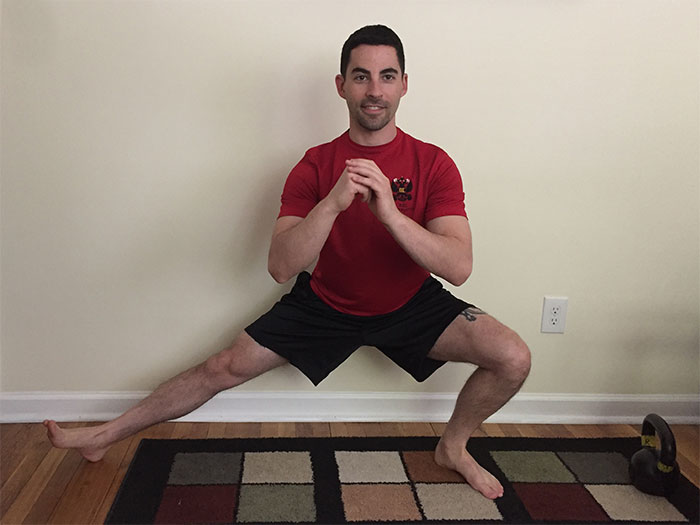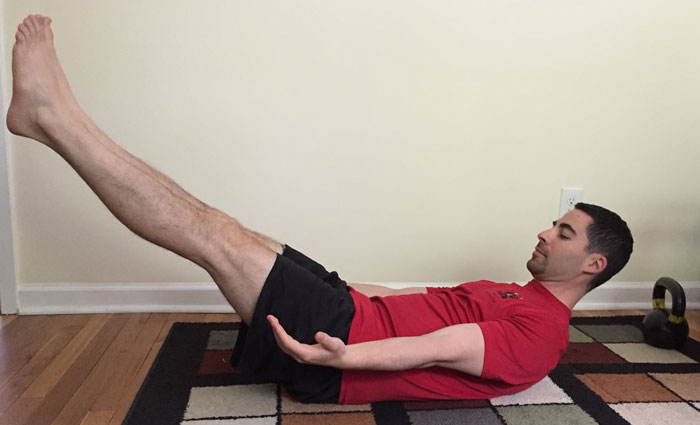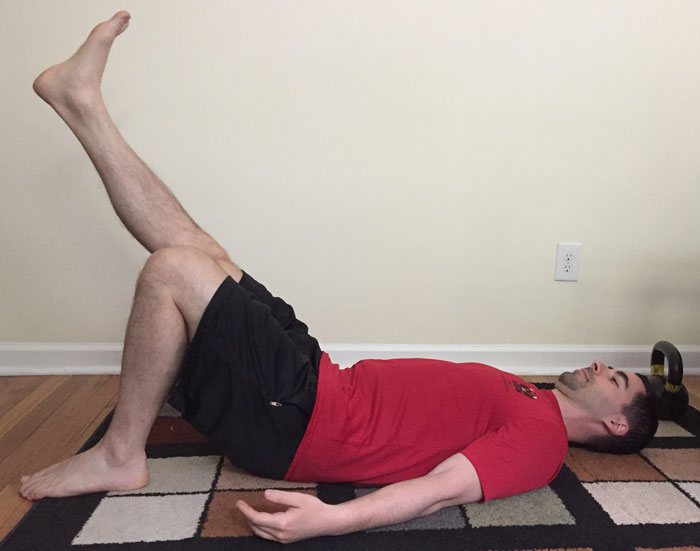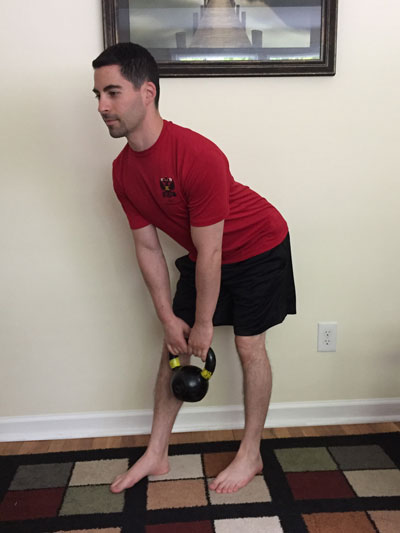
I’m writing this blog while on a train back to DC from New York where I had the privilege of assisting Steve “Coach Fury” Holiner at the RKC-II at Catalyst Sport. The weekend before, I had just recertified as an RKC-II in Atlanta with Andrea Du Cane. This has been a whirlwind “East Coast RKC-II tour” and I’ve loved every minute. Needless to say, I have absorbed a lot of great information from many great people, which has given me plenty of food for thought.
One of the many things I really enjoyed during my recent RKC-II experiences was the programming aspect of the course. During my RKC-II recertification, I was tasked with designing a program for a fellow attendee who is within a demographic I usually don’t train—powerlifters. This challenging assignment forced me out of my wheelhouse to look at programming from a different angle. Then I was also able to hear many different program explanations from great minds in the fitness industry. I came away with many ideas and an interesting question for myself: “Ryan, how will you incorporate this awesome RKC-II information into a typical client’s workout program?”
My typical client is a working professional whose goals might include:
- Getting out of pain
- Preparing for a 5k
- Losing weight and improving muscle definition
The client may be dealing with one or several of the following challenges:
- Lack of mobility/tightness
- Stress
- Lack of time
I wanted to know how to incorporate challenging moves like tactical pull-ups, pistols, windmills, or jerks into a program for my clients. The answer lies in the progressions toward these technical and demanding movements.
For example, the tactical pull-up is a movement many of my clients can’t do yet, or aren’t interested in learning—and that’s okay. But, the different hollow positions on the ground are great for EVERY SINGLE CLIENT. My clients want core work and I want them to create a solid cylinder of muscle. Boom, done! When the time is right to approach the bar for hollow hangs, leg raises or pull-ups, they will already understand how to stay tight.


The pistol is an awesome movement for developing serious leg strength and it’s a great party trick. But, is it a goal that my clients want to achieve? Unfortunately not, and no one has ever told me they wanted to learn the pistol. However, the progressions leading up to the pistol are fantastic for many clients. The Cossack squat and close stance squat both provide new challenges to the squat pattern and add variety to our training sessions. I really love the airborne lunge in every form—assisted, counter balanced with a kettlebell, and bodyweight. It’s a challenging movement that requires focus and balance. The movement also requires hip dissociation—one hip goes into flexion while the other is extended. Since everyone experiences hip dissociation when they walk or run, training the airborne lunge can help improve our clients’ gait patterns.

The windmill is a fantastic movement for improving hip and thoracic spine mobility while stabilizing the shoulder. I love the progressions because they can be easily added to any warm-up. These thoracic spine mobility drills can be done on the floor without any equipment and added to a naked get-up practice. The good morning stretch—with feet forward and pointed at 45 degrees—is a valuable drill since it really stretches the hamstrings and calves while preparing the lower body for any hinge movements in the session.

Lastly, the jerk has quickly become one of my favorite exercises due to its high metabolic demand on the body and required athleticism. The jerk can be a challenging movement to learn, but again the progressions are useful for everyday clients. I have successfully taught the long push press and push press to the many clients who have owned the front squat and overhead press. While these progressions are definitely for clients with an advanced skill level, that skill level is absolutely attainable for those who have built a solid foundation of strength and mobility.
As a fitness professional I feel that it’s important to evolve, expand my knowledge, and add more tools to my “toolbox”. The RKC-II curriculum has done just that for me and I highly recommend pursuing this great certification.
Stay Strong,
Ryan Jankowitz
***
Ryan Jankowitz, RKC-II Instructor, CK-FMS, is a life-long athlete who can’t imagine sitting behind a desk. He enjoys sharing his passion for fitness and spreading the RKC knowledge. Ryan operates a remote fitness coaching service, RJ Kettlebell, and is available for private kettlebell workshops as well. You can reach him at rjankowitz@gmail.com. He also works with clients and teaches kettlebell classes at Fitness on the Run in Alexandria, Virginia. If you’re in the area, come swing some bells with Ryan.